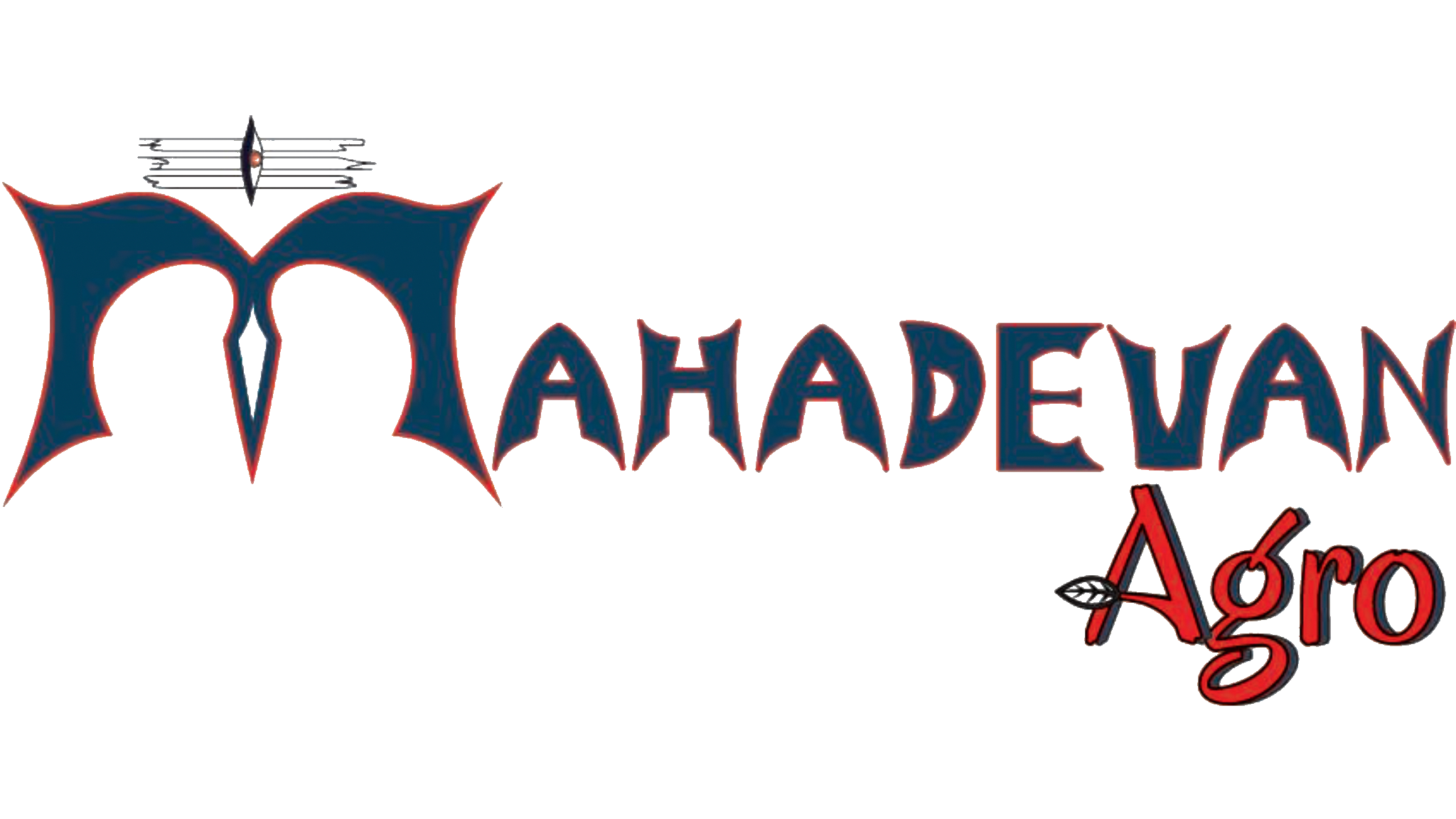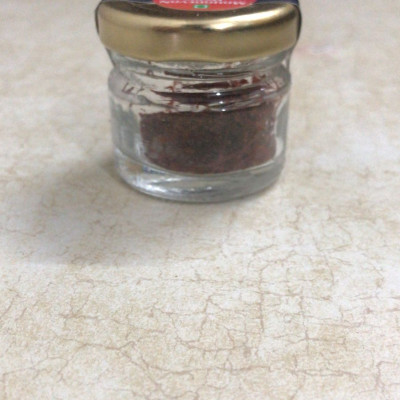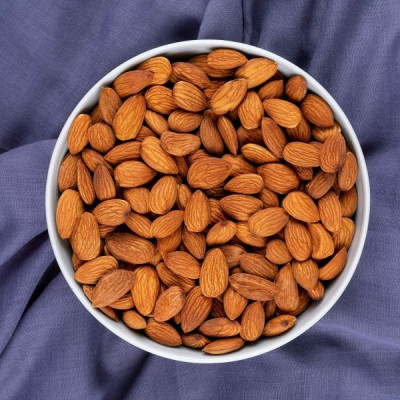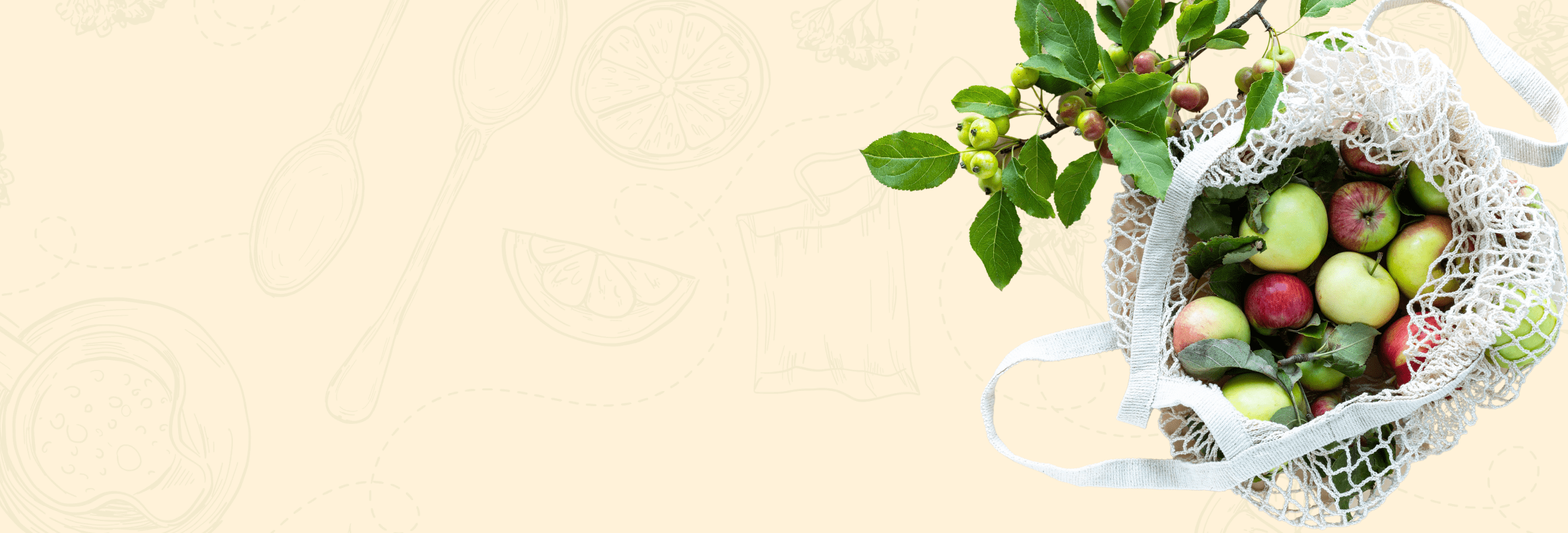DRY FRUITS
Mamra Almonds: Discover the Unique Flavors of Kashmiri, Irani, and Afghani Varieties
About Kashmiri Mamra, Irani Mamra, and Afghani Mamra
Kashmiri Mamra, Irani Mamra, and Afghani Mamra are all popular varieties of almonds known for their unique flavors and textures. Here are some differences between the three:
- Size and Shape: Kashmiri Mamra almonds are small and round, while Irani Mamra almonds are slightly larger and have an elongated shape. Afghani Mamra almonds are the largest of the three and have a flatter shape.
- Flavor: Kashmiri Mamra almonds have a sweeter taste and are slightly softer than the other two varieties. Irani Mamra almonds have a rich, nutty flavor and a firm texture. Afghani Mamra almonds have a slightly bitter taste and a crunchy texture.
- Color: Kashmiri Mamra almonds have a light brown color, while Irani Mamra almonds are darker in color. Afghani Mamra almonds have a dark brown color.
- Growing Region: As the names suggest, Kashmiri Mamra almonds are primarily grown in the Kashmir region of India, Irani Mamra almonds are grown in Iran, and Afghani Mamra almonds are grown in Afghanistan.
- Availability: Kashmiri Mamra almonds are the most widely available of the three varieties. Irani Mamra almonds are less common, and Afghani Mamra almonds are the rarest and most expensive of the three.
*Note: By understanding the unique characteristics of each variety, you can choose the best Mamra almond variety for your recipe or snacking preference.
Health Benefits
Kashmiri Mamra, Irani Mamra, and Afghani Mamra almonds offer several health benefits due to their rich nutritional profiles. Here are some unique health benefits of each type of almond:
- Kashmiri Mamra Almonds:
- Rich in monounsaturated and polyunsaturated fatty acids that may lower the risk of heart disease.
- Contains Vitamin E, which acts as an antioxidant and may help prevent cancer and Alzheimer's disease.
- High in fiber content, which helps improve digestion and prevent constipation.
- Good source of protein, which is essential for building and repairing tissues in the body.
2. Irani Mamra Almonds:
- Contains magnesium, which is important for bone health and regulating blood pressure.
- Rich in vitamin B2, which helps convert food into energy and maintain healthy skin, hair, and eyes.
- Contains iron, which is important for carrying oxygen throughout the body and preventing anemia.
- Good source of calcium, which is essential for strong bones and teeth.
3. Afghani Mamra Almonds:
- Rich in antioxidants that may help protect against oxidative stress and inflammation.
- Contains vitamin B3, which helps regulate metabolism and reduce cholesterol levels.
- Good source of potassium, which helps regulate blood pressure and reduce the risk of stroke and heart disease.
- Contains zinc, which is important for immune system function and wound healing.
*Note: consuming Kashmiri Mamra, Irani Mamra, and Afghani Mamra almonds as a part of a balanced diet can provide several health benefits and improve overall well-being.
Mamra Almonds: A Culinary Delight
- Kashmiri Mamra, Irani Mamra, and Afghani Mamra almonds are unique in their taste, texture, and size, which can affect their culinary uses. Kashmiri Mamra almonds have a sweeter taste compared to Irani and Afghani Mamra almonds, which have a slightly bitter taste. Irani Mamra almonds are known for their crunchiness, while Afghani Mamra almonds are comparatively softer in texture.
- Their unique characteristics make them versatile ingredients in various cuisines. For example, Kashmiri Mamra almonds can be used in sweet dishes such as kheer or halwa, while Irani Mamra almonds can be used in savory dishes such as biryanis or curries to add crunchiness. Afghani Mamra almonds can be used in both sweet and savory dishes.
- Their different sizes and shapes also affect their uses in culinary work. For instance, Kashmiri Mamra almonds are relatively smaller in size and rounder in shape compared to Irani and Afghani Mamra almonds, which are larger and slightly elongated. This difference in shape and size can affect the way they are sliced, chopped, or used as garnishes in dishes.
*Note: the unique taste, texture, size, and shape of Kashmiri Mamra, Irani Mamra, and Afghani Mamra almonds make them versatile ingredients that can be used in a wide range of culinary creations, from sweet desserts to savory dishes.
Culinary Applications of Kashmiri Mamra, Irani Mamra, and Afghani Mamra Almonds
Kashmiri Mamra, Irani Mamra, and Afghani Mamra almonds are widely used in culinary works, particularly in the food industry. Here are some examples of places where they can be used:
- Ice cream parlors: These almonds can be used as toppings or as an ingredient in ice cream flavors such as almond fudge, almond praline, and almond brittle.
- Bakeries: These almonds can be used as toppings or as an ingredient in baked goods such as almond croissants, almond cookies, and almond cake.
- Restaurants: These almonds can be used in a variety of dishes, such as almond-crusted fish, almond rice pilaf, and almond chicken curry.
- Snack bars: These almonds can be used in granola bars, energy bars, and trail mixes.
- Chocolate shops: These almonds can be used in chocolate-covered almonds or as a topping on chocolate truffles.
- Smoothie and juice bars: These almonds can be used as a garnish or as an ingredient in smoothies and juices for added texture and flavor.
- Salad bars: These almonds can be used as a salad topping, particularly in dishes that incorporate fruits and vegetables.
*Note: Kashmiri Mamra, Irani Mamra, and Afghani Mamra almonds are versatile and can be used in a wide variety of culinary works, adding texture and flavor to many different types of dishes.
QUESTION/ANSWERS
Q-1: What are the major differences between Kashmiri Mamra, Irani Mamra, and Afghani Mamra almonds?
A-1: Kashmiri Mamra almonds are smaller in size with a softer texture, while Irani Mamra almonds are larger and have a crunchier texture. Afghani Mamra almonds are the largest in size and have a rich, buttery taste.
Q-2: Can I substitute one type of Mamra almond for another in recipes?
A-2: Yes, you can substitute one type of Mamra almond for another in recipes, but the taste and texture may vary slightly.
Q-3: Which type of Mamra almond is best for snacking?
A-3: If you prefer a softer texture, Kashmiri Mamra almonds are best for snacking. If you prefer a crunchier texture, Irani Mamra almonds are a good option.
Q-4: Which type of Mamra almond is best for making almond milk?
A-4: Irani Mamra almonds are the best option for making almond milk because of their larger size and crunchy texture.
Q-5: Are there any specific health benefits associated with each type of Mamra almond?
A-5: While all three types of Mamra almonds are a good source of healthy fats, protein, and fiber, Irani Mamra almonds are particularly high in Vitamin E, while Afghani Mamra almonds are known for their high levels of monounsaturated fats.
Q-6: Can I find all three types of Mamra almonds in regular grocery stores?
A-6: It may be difficult to find all three types of Mamra almonds in regular grocery stores, but they are easily available online and in specialty food stores.
Q-7: Do the different types of Mamra almonds have different prices?
A-7: Yes, the prices of the different types of Mamra almonds may vary based on their size, texture, and availability. Generally, Afghani Mamra almonds tend to be the most expensive due to their unique taste and large size.






 FRUITS
FRUITS 





